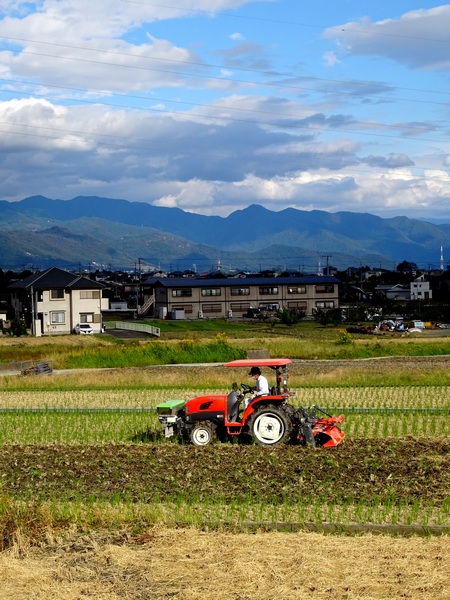 Some facts. October 21. A two-day hike up and down Mt. Kobushi (2475 m) from Mokidaira (1433 meters). Distance going up along the Chikuma River, about 7 km, coming down via Mt. Sampo and Mt. Oyama, a bit farther. The trailhead, by car from Shizuoka, about three hours.
Some facts. October 21. A two-day hike up and down Mt. Kobushi (2475 m) from Mokidaira (1433 meters). Distance going up along the Chikuma River, about 7 km, coming down via Mt. Sampo and Mt. Oyama, a bit farther. The trailhead, by car from Shizuoka, about three hours.
The Chikuma Trail is maybe the easiest trail I’ve walked going up any of the “Famous 100 Mountains of Japan.” It only took us about 4 hours to the top, and that was with me taking 634 pictures—and a leisurely lunch.
The trail takes you past the headwaters of the Chikuma River, known downstream as the Shinano River—the longest river in Japan. 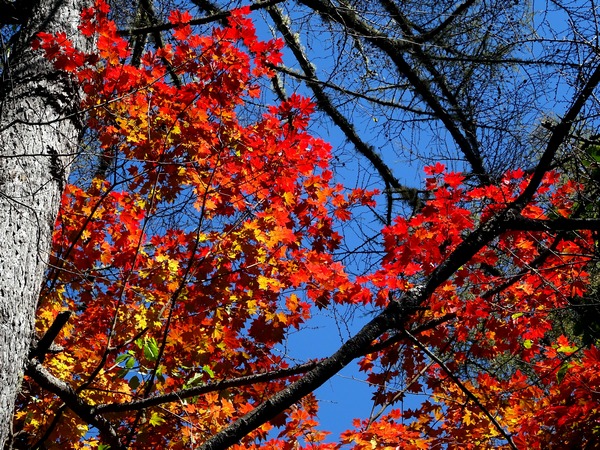
So here you are. Last week you were in the Alps hoping to see the yellow larches up against a blue sky—but the skies were overcast.
Now you’ve crossed the parking lot and stepped onto the mountain trail—and the skies . . . well, not a hint of grey anywhere.
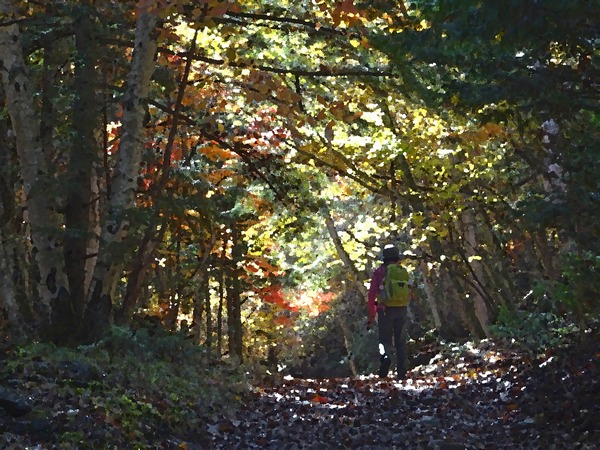 You can feel yourself stepping into another world, into a world of color, into a big warm room filled with love.
You can feel yourself stepping into another world, into a world of color, into a big warm room filled with love.
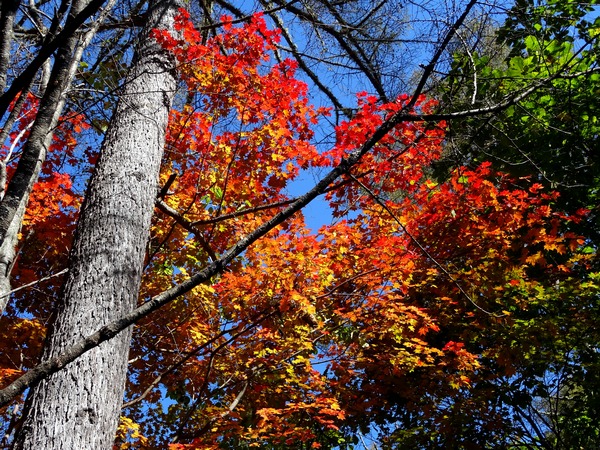
Yes, yes, you don’t think about it—your lips just do curl up.
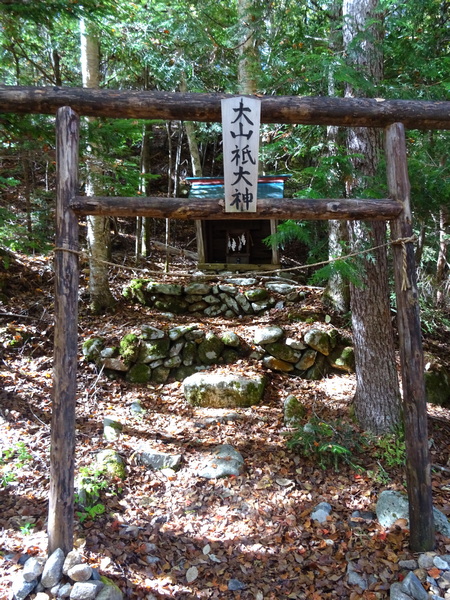 You come to a shrine. Right on the trail.
You come to a shrine. Right on the trail.
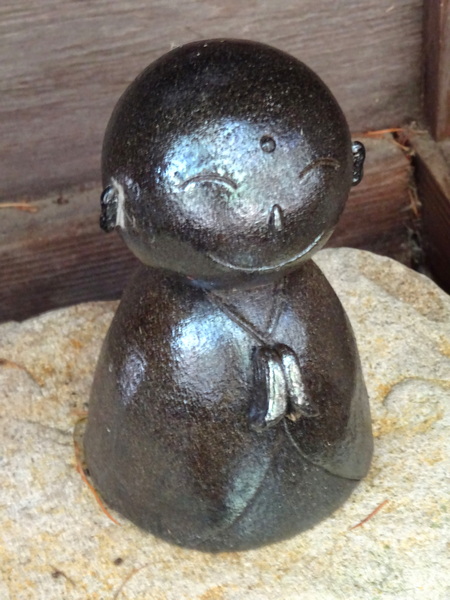 Inside you meet Jizo-san. He’s about 10 cm tall. But it doesn’t matter how tall he is. It only matters the expression on his face. What a sweet, comforting compassionate fellow he is! How at ease he makes you feel. You put your hands together. You hope maybe, somehow, that you can repay the favor. Sometime, somehow.
Inside you meet Jizo-san. He’s about 10 cm tall. But it doesn’t matter how tall he is. It only matters the expression on his face. What a sweet, comforting compassionate fellow he is! How at ease he makes you feel. You put your hands together. You hope maybe, somehow, that you can repay the favor. Sometime, somehow.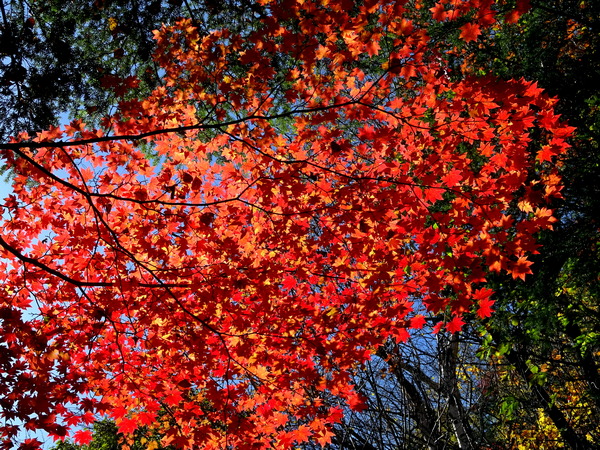
And this day you feel truly blessed.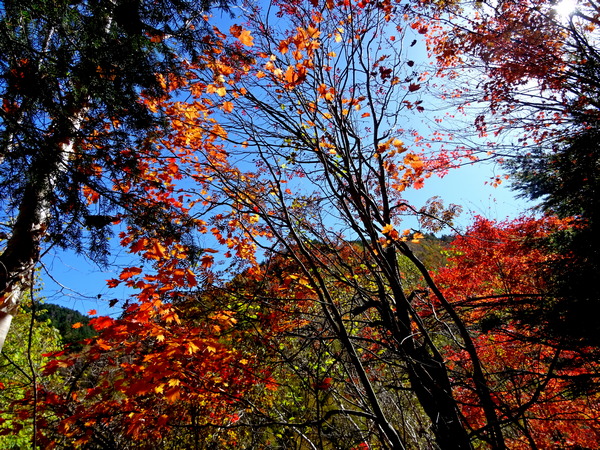
Because this day you can believe that each and every one of the beautiful leaves is a little Jizo-san.
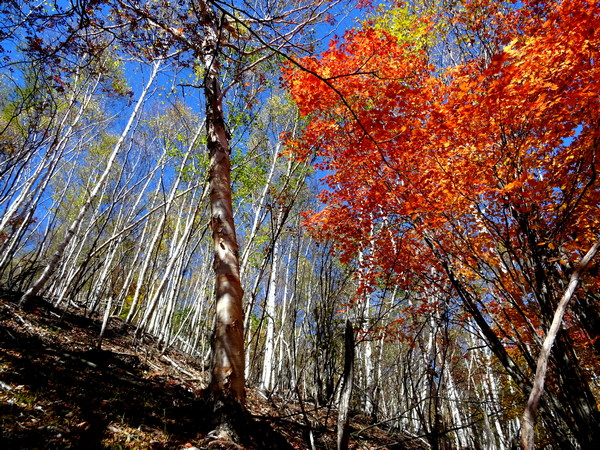
A symphony of comfort and compassion in yellow, blue, red, and orange.
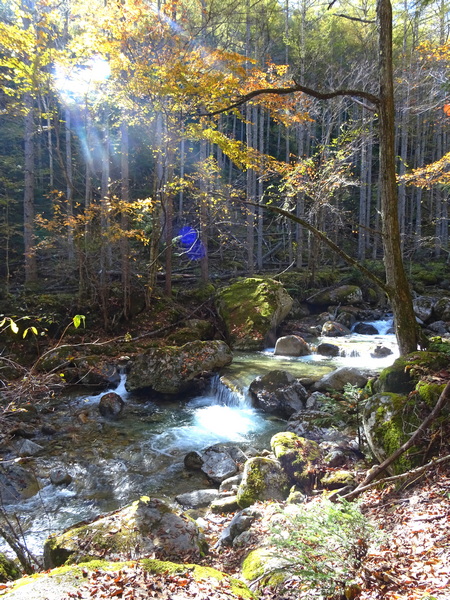 The river rolls on . . . water so pure.
The river rolls on . . . water so pure.
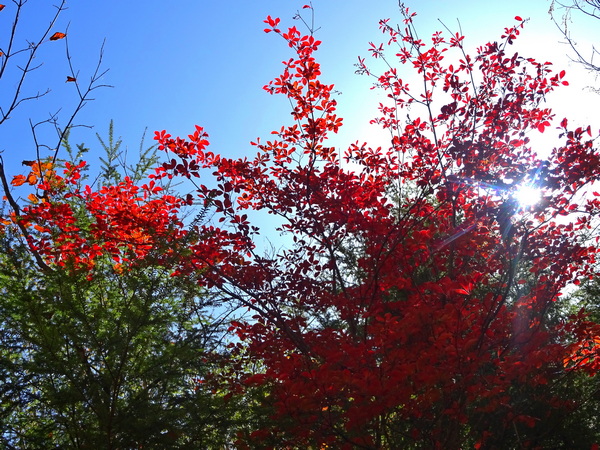
You can’t help it. You feel giddy.
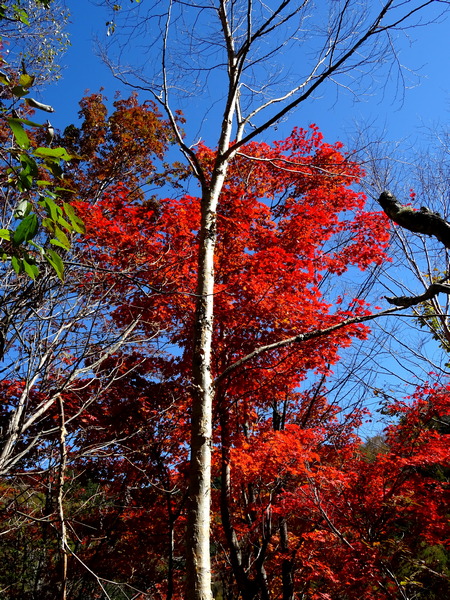
You can see a young girl sitting at a piano, all nerves. You can remember how you loved the tears that welled in your eyes.
 Maybe you’ll even see that girl turn a cartwheel twirl.
Maybe you’ll even see that girl turn a cartwheel twirl.
 And it’s all right to feel joy.
And it’s all right to feel joy.
 It’d be hard not to.
It’d be hard not to.
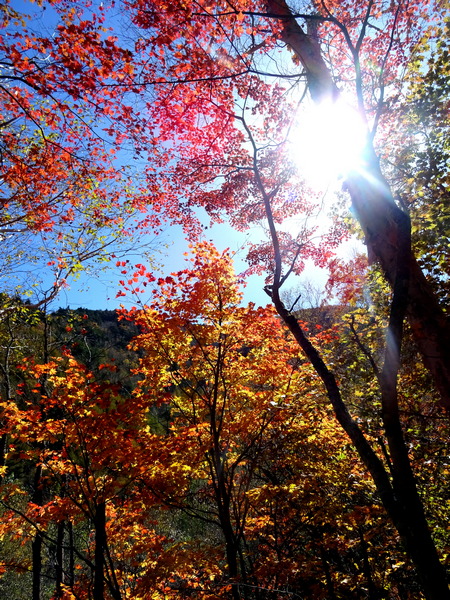 You’ve felt the light through the trees . . .
You’ve felt the light through the trees . . .
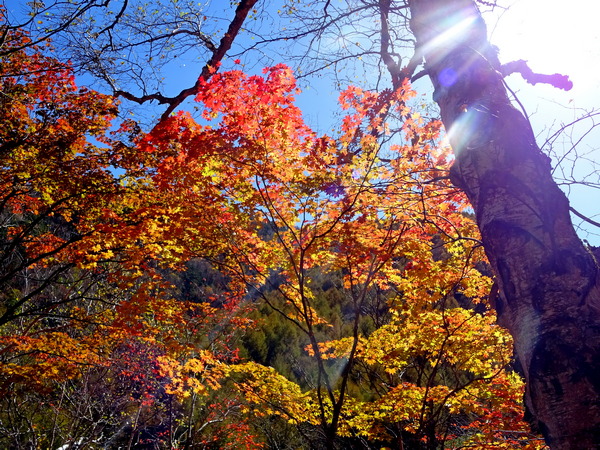
. . . and primary colors are the most primary matters.
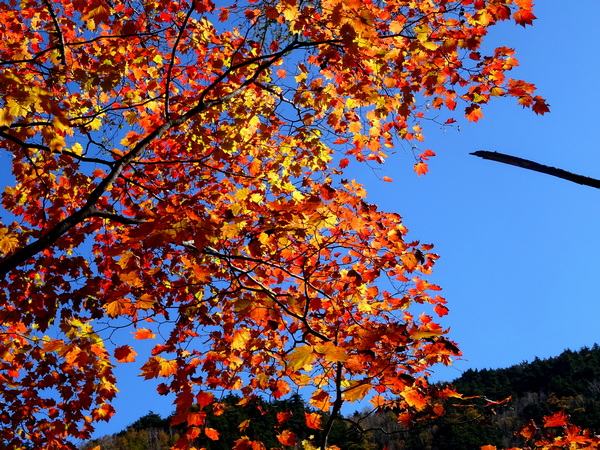
And yes, it’s true each leaf has its own voice. A Jizo’s voice.
 Recognize each leaf’s equal worth—and everything becomes easier. Everything begins to make sense.
Recognize each leaf’s equal worth—and everything becomes easier. Everything begins to make sense.
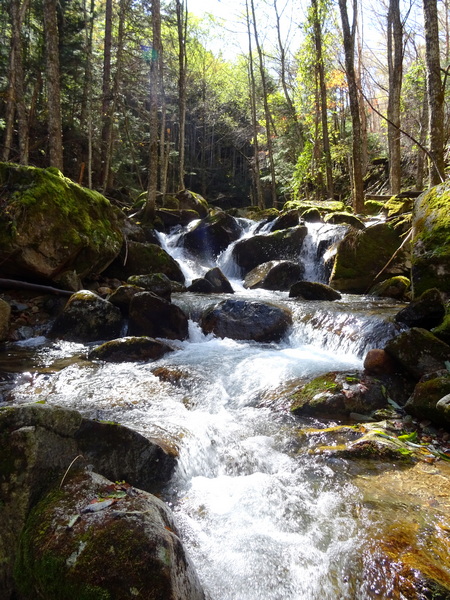 And the river rolls on.
And the river rolls on.
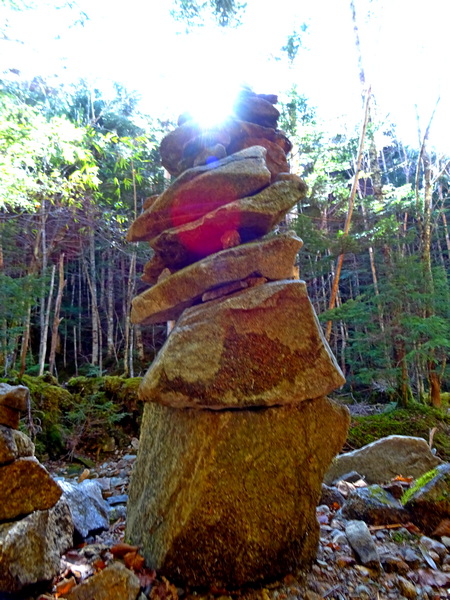 If you come to a stack of rocks, go ahead and put one on yourself. It might be a light for the next person who comes along.
If you come to a stack of rocks, go ahead and put one on yourself. It might be a light for the next person who comes along.

Up, up you go—but you’re amazed by how gentle the trail seems today.
 And up ahead. What’s that?
And up ahead. What’s that?
 Why it’s the larch tree/blue sky combo you were looking for last week!
Why it’s the larch tree/blue sky combo you were looking for last week!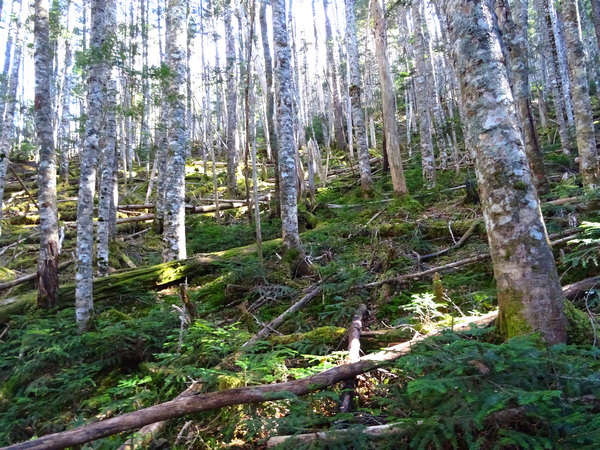
You pass the headwaters, the trail turns up into a fir forest, but you haven’t got much farther to go. Before you know it you’re on the ridge . . .
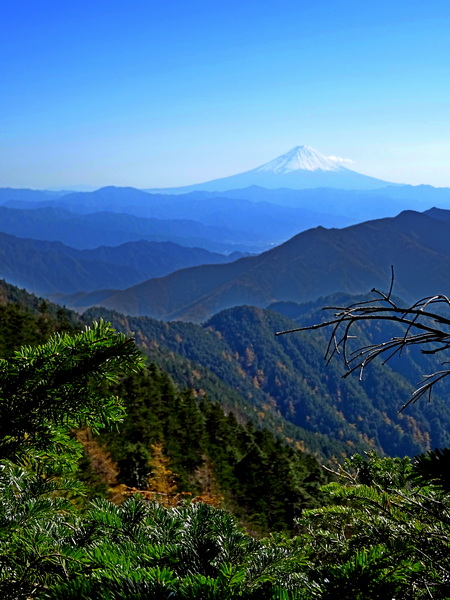 . . . and you’ve got a completely different view.
. . . and you’ve got a completely different view.
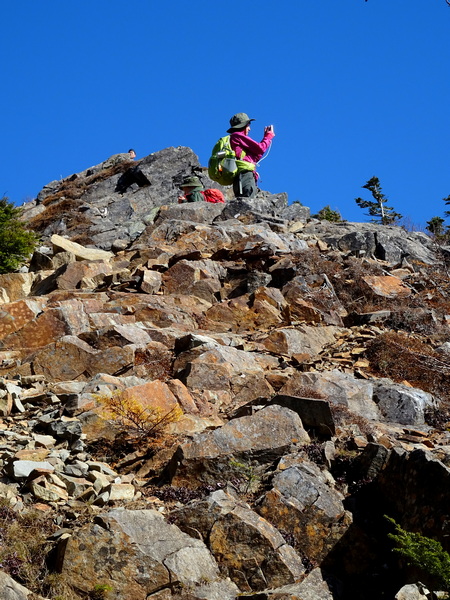 And there you are on the summit!
And there you are on the summit!
Otsukaresama deshita.
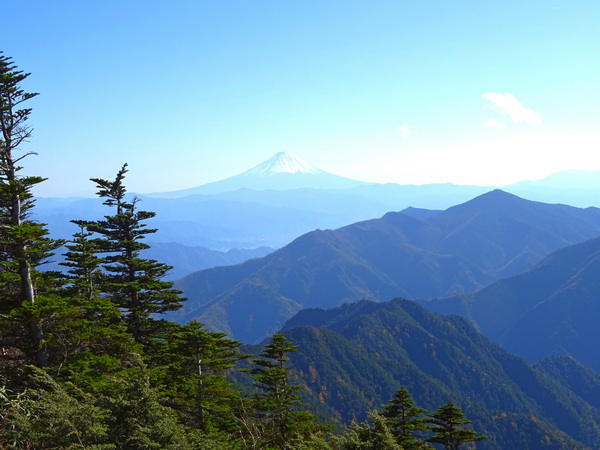
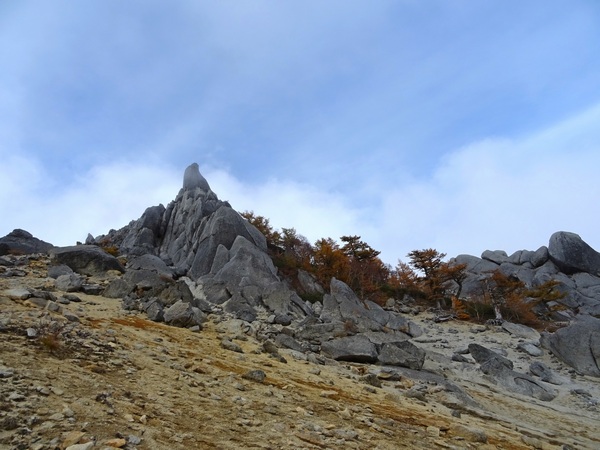 The obelisk atop Mt. Jizo, one of the three peaks comprising Mt. Ho-o-san-zan, in the southern Alps.
The obelisk atop Mt. Jizo, one of the three peaks comprising Mt. Ho-o-san-zan, in the southern Alps.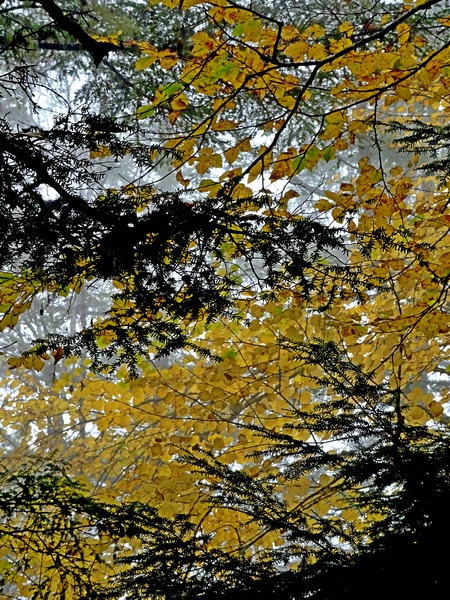
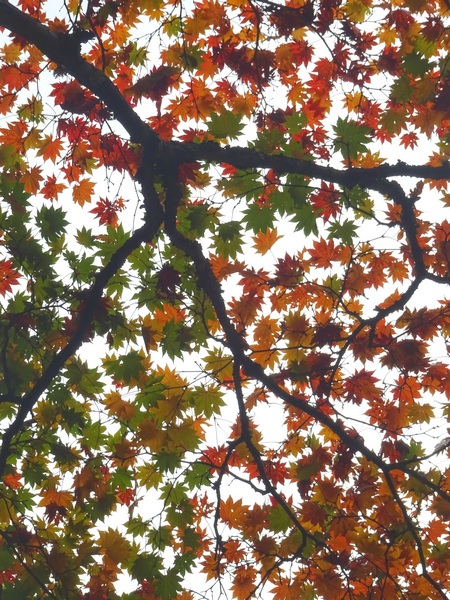
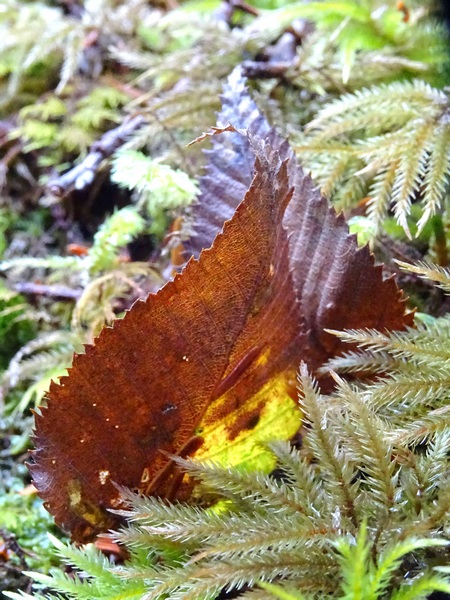

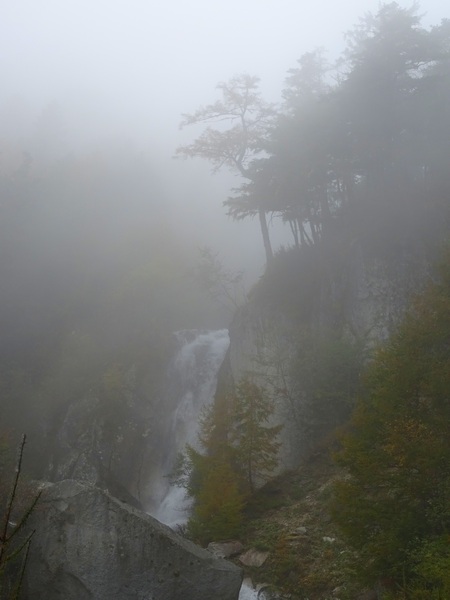
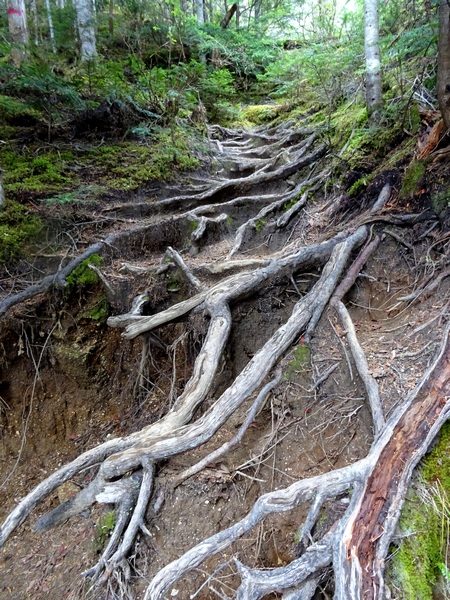

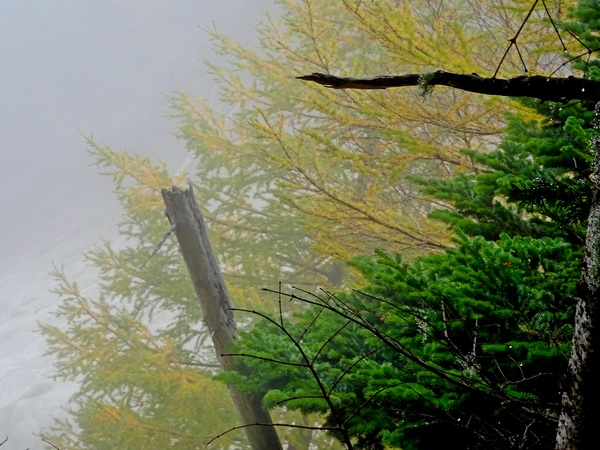
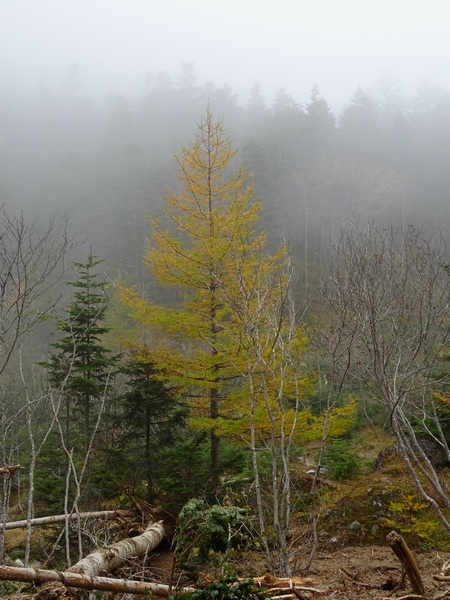
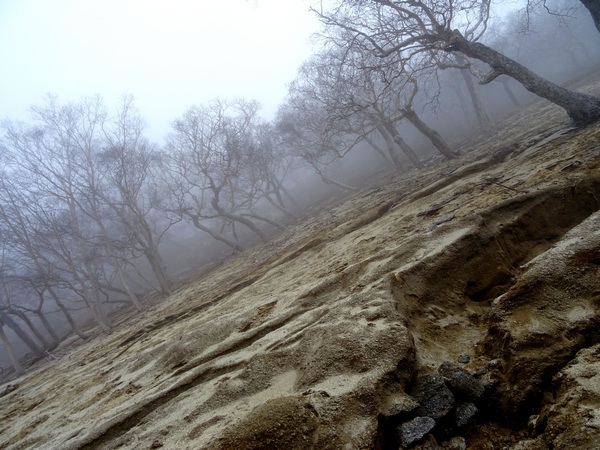
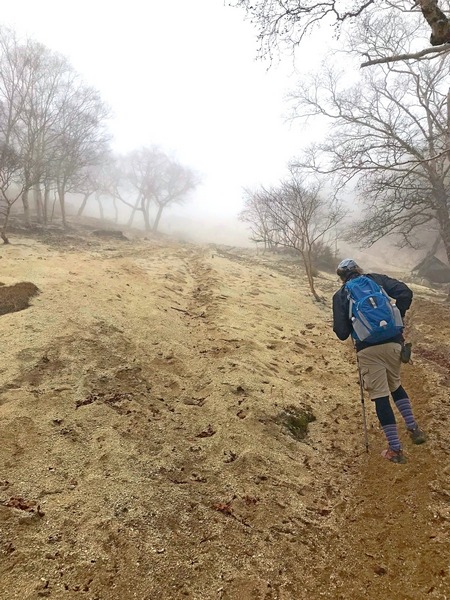
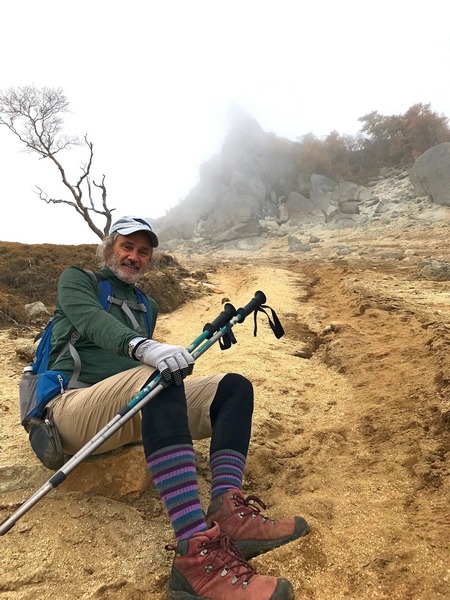
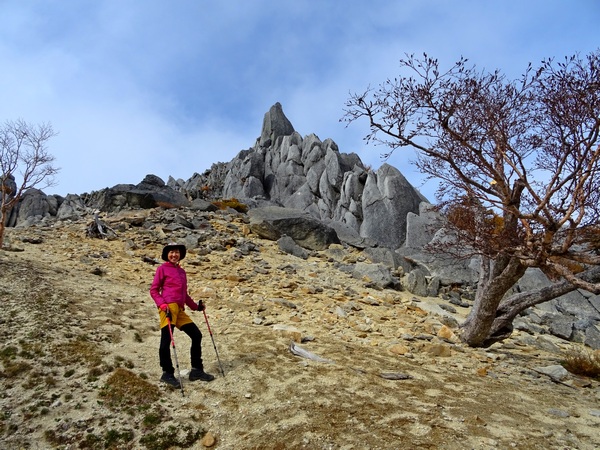
 . . . and that also helps explain the large number of Jizo statues on the top.
. . . and that also helps explain the large number of Jizo statues on the top. . . . If you tried to describe the appearance of the majority of Jizo statues with a single word, I think you’d have to choose ROUND.
. . . If you tried to describe the appearance of the majority of Jizo statues with a single word, I think you’d have to choose ROUND.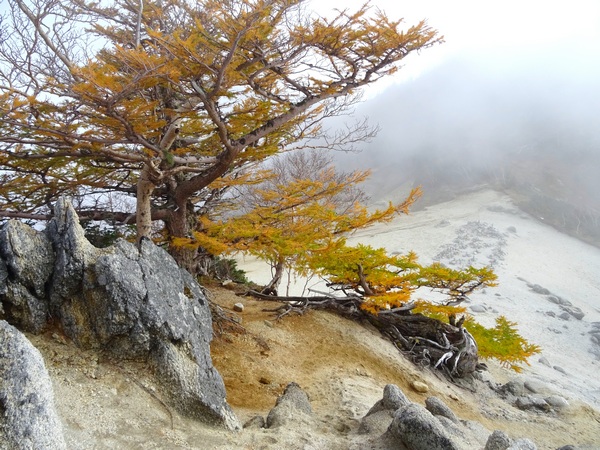
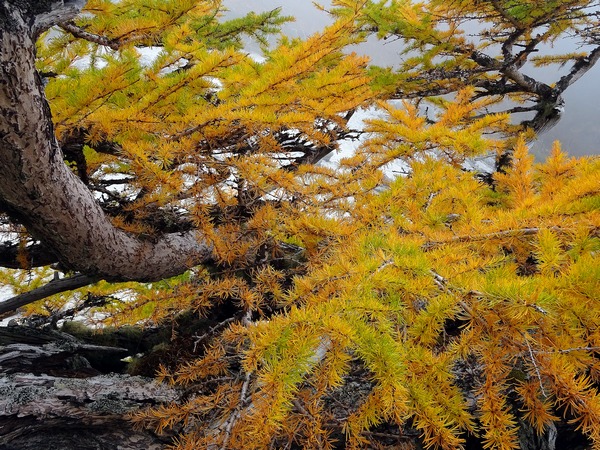
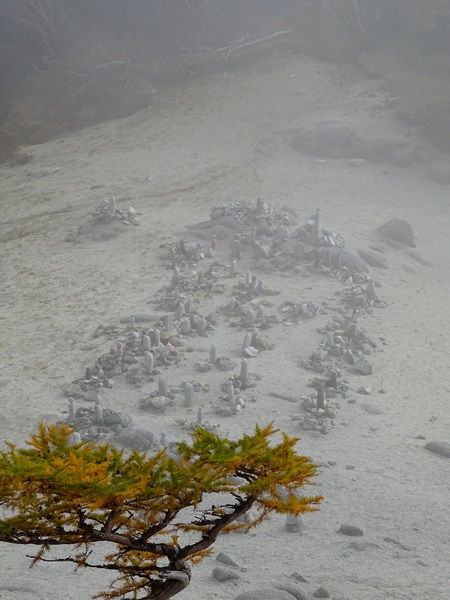
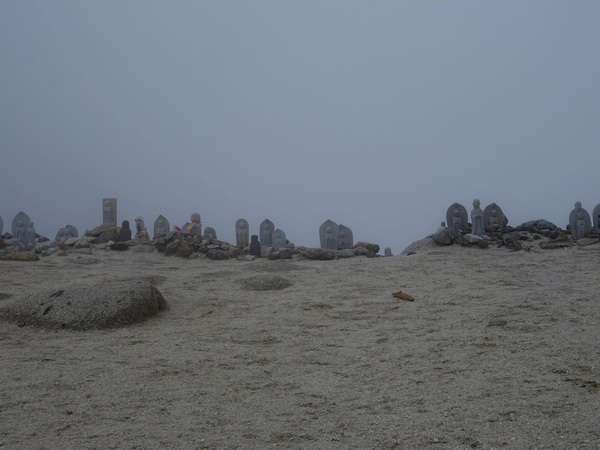
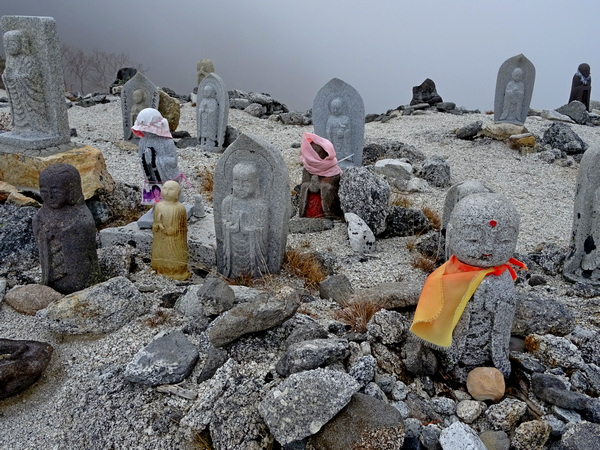
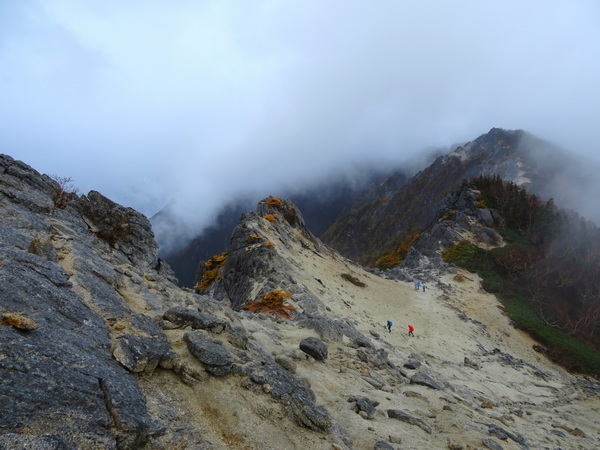

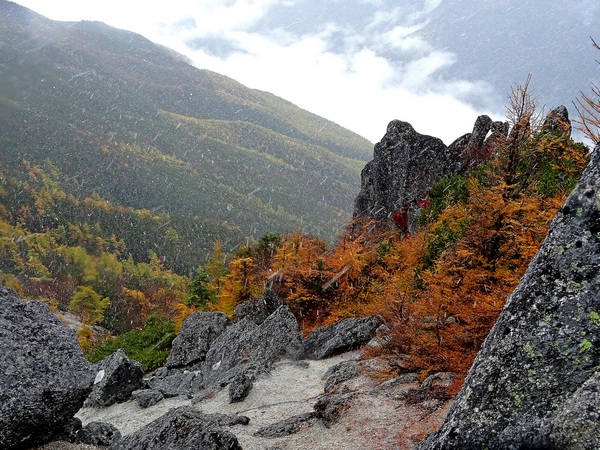
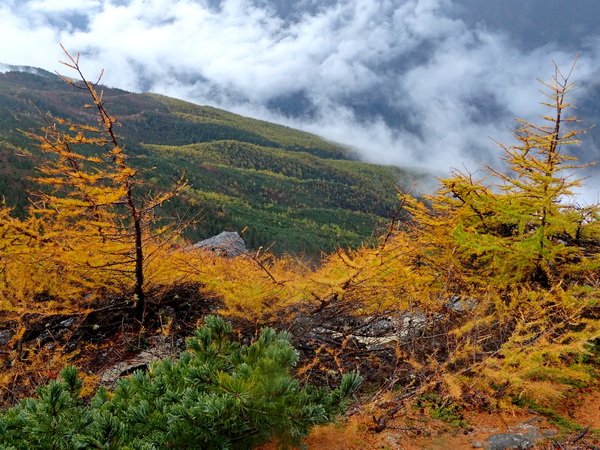
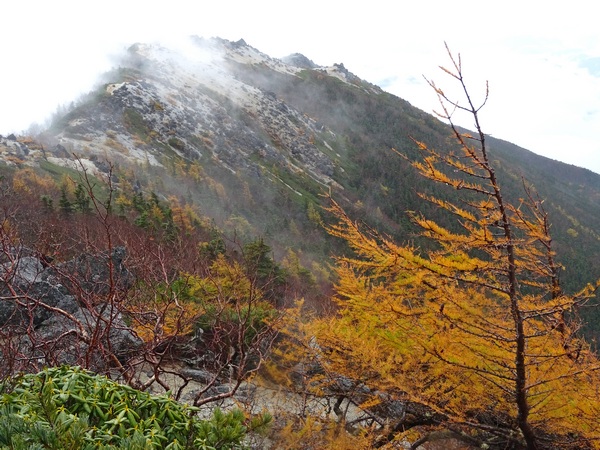
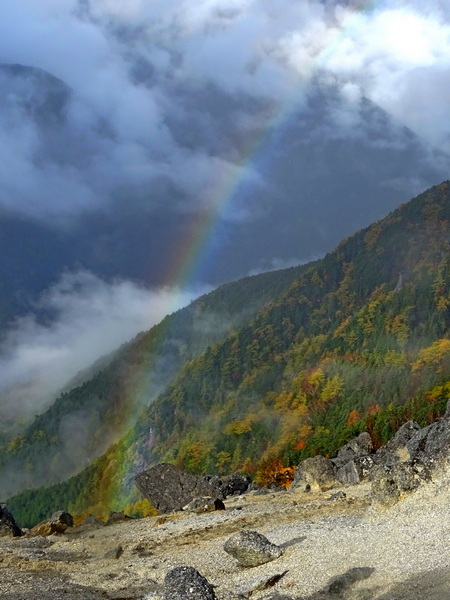
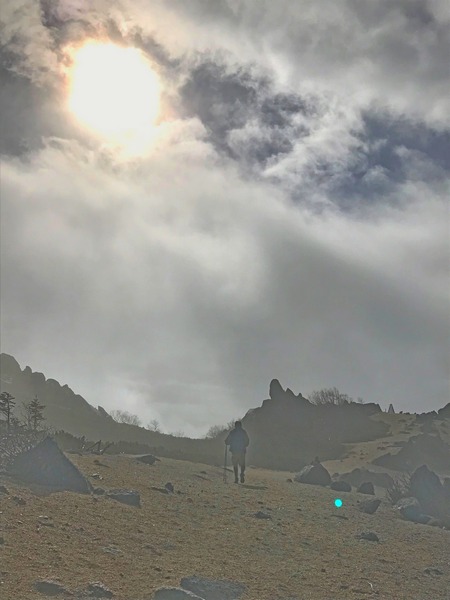 That’ll make you feel pretty good as you zero in on Mt. Yakushi.
That’ll make you feel pretty good as you zero in on Mt. Yakushi.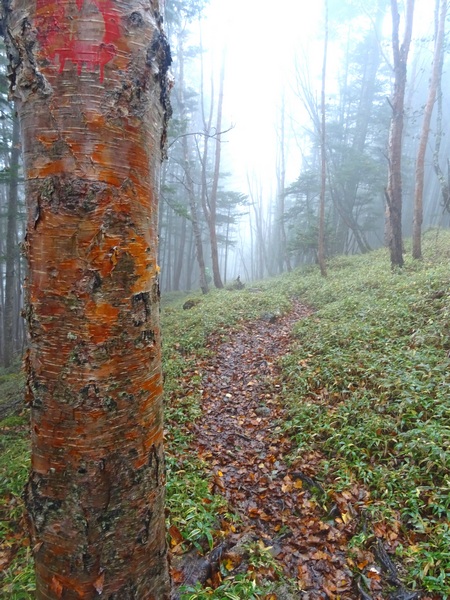
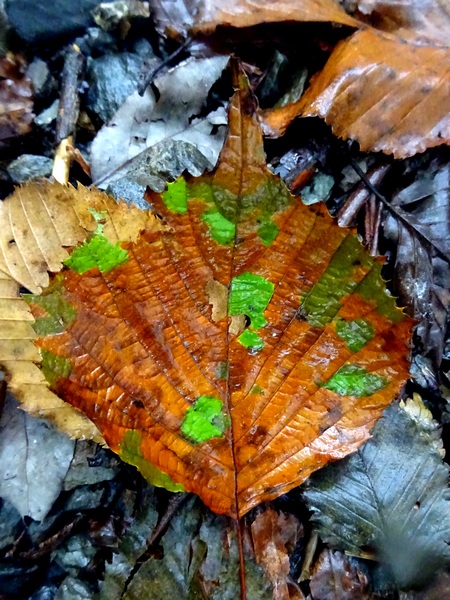 NDuaDuo: When your eyes are on the ground / There really is so much to be found.
NDuaDuo: When your eyes are on the ground / There really is so much to be found. 